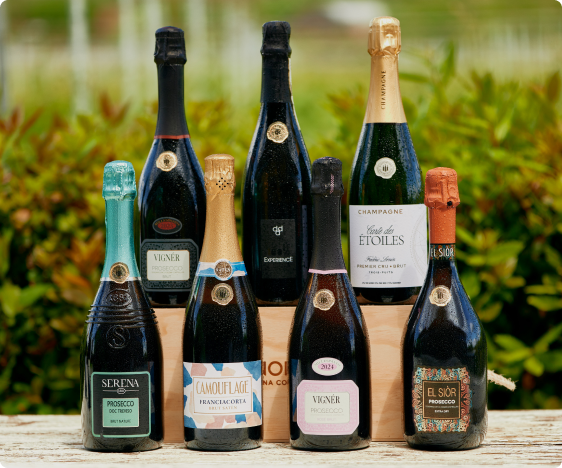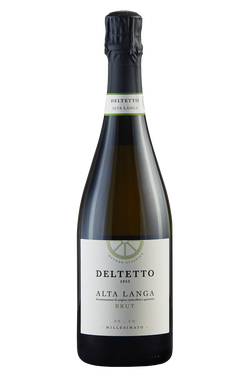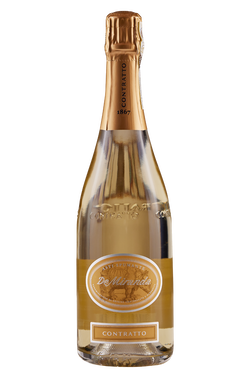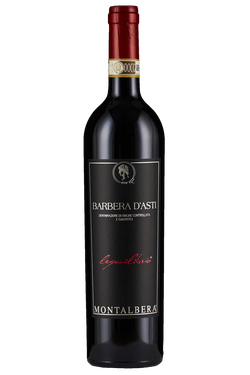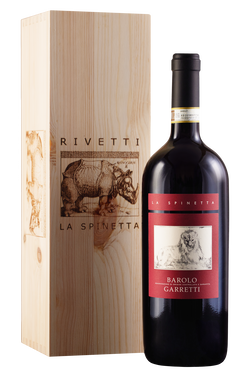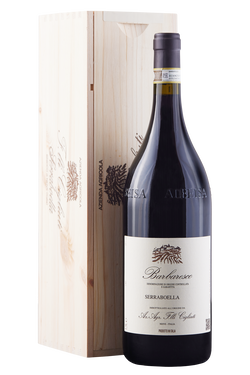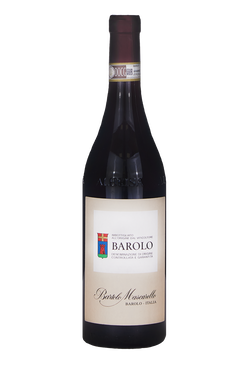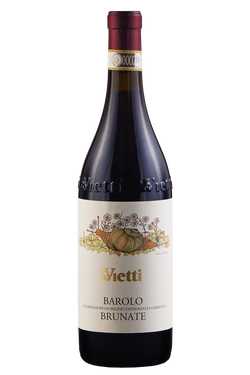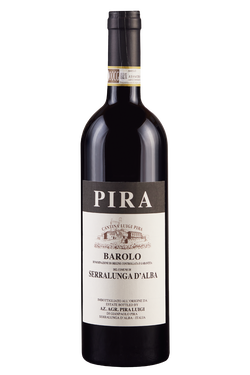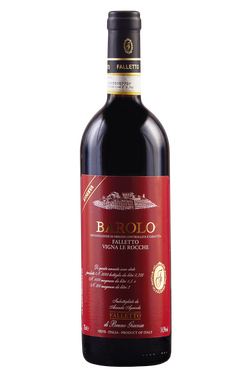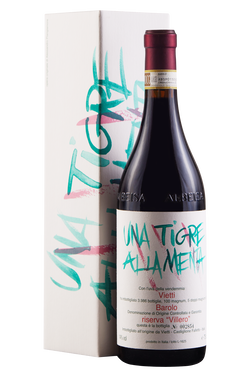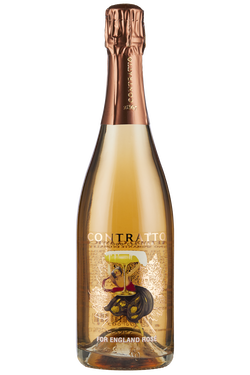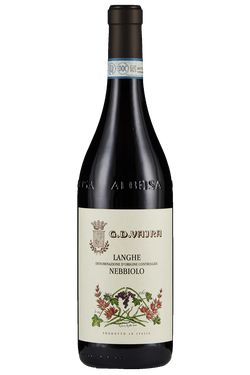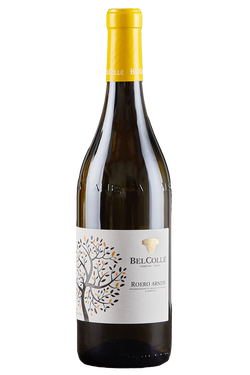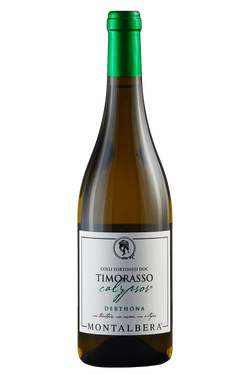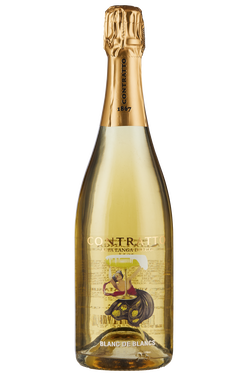- Wines >
- Piedmont
Piedmont’s wines: history and varieties
The history of Piedmont’s wines dates back to pre-Roman times and expanded considerably under Roman rule, from the 6th century BC. However, it was thanks to the monks and their monasteries that wine-producing areas began to be marked out – those that are still present today from Langhe to Alto Piedmonte. One of the first wines from Piedmont to be known outside of the regional territory was Nebbiolo, thanks to Cavour’s counts. Barolo made its appearance in the 600s when the Marchesa di Barolo, Giulietta Falletti, asked a French wine expert to rework the bottles of Nebbiolo that were stored in her wine cellar and create something new. Towards the end of the 800s, the Scuola Enologica di Alba (Alba Wine School) revealed another wine in its studies: Barbaresco. The area under vine in Piedmont amounts to 43,600 hectares, made up of 39% white grape and 61% black grape varieties. The most cultivated grape varieties include Barbera (30%), followed by Moscato Bianco (21%), Dolcetto (13%), and finally Nebbiolo, which is used in many wines but only accounts for 9% of cultivation.
Piedmont’s wines
As mentioned, the majority of grape varieties present in Piedmont are black. These include Nebbiolo, which is used to produce the majority of wines in Piedmont: Barolo and Barbaresco, Barbera, Dolcetto, Freisa, Bonarda, Grignolino, Croatina, and Malvasia. Meanwhile, the white grape varieties present are Cortese, Erbaluce, and Moscato Bianco. The Gattinara DOCG designation is reserved for Gattinara and Gattinara Riserva wines, obtained from a minimum of 90% Nebbiolo grapes (and a maximum of 10% Vespolina and/or Uva Rara), in an area that includes the entire Gattinara territory in the province of Vercelli. Gattinara must be aged for 35 months, 24 of which must be in wood. The Riserva version must be aged for 47 months, 36 of which must be in wood. It is pale ruby red with garnet reflections, has an excellent consistency and reveals floral notes of violet, plum and berry fruit on the nose.
Barbera and Alta Langa
Barbera is a very widespread grape variety but in Piedmont it is used to make two excellent DOCGs: Barbera d’Alba DOCG and Barbera d’Asti DOCG. Barbera d’Alba contains a minimum of 85% Barbera and a maximum of 15% Nebbiolo, which often give it similar aromas to Barolo for the elegance it expresses, especially if aged in barrels. Barbera Superiore is aged in wood for a minimum of four months. In Barbera d’Asti, on the other hand, the minimum percentage of Barbera is 90% and the remaining 10% can be made of similar black grape varieties from Piedmont. Its Superiore version rests in barrels for a minimum of six months. Both wines are ruby red in the glass with aromas of flowers, berry fruit, and spices, and they have a unique freshness on the palate that makes them some of the most acidic red wines in Italy. Another wine from Piedmont that deserves a mention is the Alta Langa DOCG, a spumante brut whose production area includes the stretch of hills in the provinces of Asti, Alessandria, and Cuneo. It was the first Metodo Classico to be produced in Italy, from the mid-1800s, in the “Underground Cathedrals”, which are now a UNESCO World Heritage Site. Made up of Pinot Noir and Chardonnay grapes, either monovarietal or in a blend of varying percentages, it can be white or rosé, brut or pas dosé, and it is aged on the lees for very long periods, strictly 30 months minimum.
Tasting wines from Piedmont
Amongst Piedmont’s wines, there are 17 DOCG and 42 DOC designations. One of these is Dolcetto d’Alba DOC. This is one of Piedmont’s most typical and widespread grape varieties. It could take its name from the sweetness of the ripe grape, while another theory is that it comes from the Piedmontese term “dosset”, which means a small hill. The wine produced using Dolcetto grapes has been one of the stars of agricultural life in Piedmont for centuries and one of the main products to be exchanged with Liguria. Not only did they import oil and salt from there but also anchovies, the main ingredient in one of the most famous and typical dishes in Piedmont, the bagna cauda dip. Despite this, Dolcetto was only heard of officially in the 18th century. Dolcetto DOC is a wine whose production is only permitted in the provinces of Asti and Cuneo, and it is traditionally one of the most consumed table wines in Piedmont. Monovarietal vinification produces a wine with a bright ruby red colour and purplish hints. On the nose, it is winy with intense fruit and floral notes of cherries, blackberries, plum, cyclamen and violet. On the palate, Dolcetto is highly drinkable and fresh-tasting with subtle tannin, a medium structure and moderate alcohol content. Of the many gastronomic products made in Piedmont, some of the highlights are cheeses like Castelmagno, which can be paired with a glass of Barolo or a more refreshing Roero Arneis white wine. Robiola di Roccaverano cheese pairs well with a Gavi DOCG or Dogliani DOCG. Piedmontese dishes such as those containing truffles, cured raw meats and cooked meats, vitello tonnato, bagna cauda, and polenta concia, or main courses like braised meat or stew, pair wonderfully with a Grignolino d’Asti or Barbera d’Alba.

